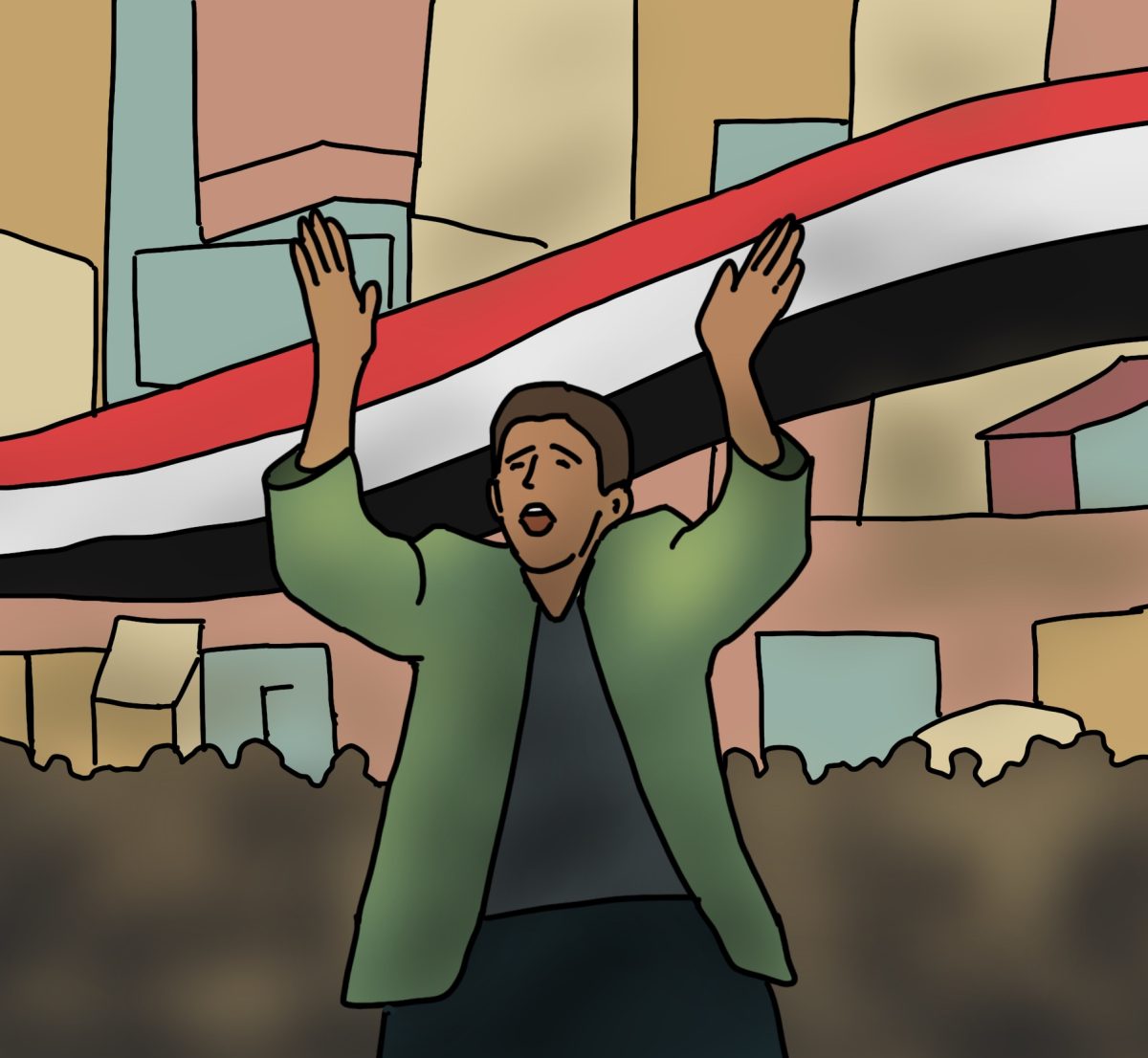The Houthi rebellion has ravaged Yemen for over a decade and a half. Also known as the Sa’dah war, the conflict has pitted the Houthis, an armed Shiite movement opposing the Sunn-majority government, against the Yemeni government and military. The rebellion is ongoing and in 2014, escalated into a civil war.
In 2004, the government tried to arrest Hussein Badreddin al-Houthi, a religious leader in the Zaidi state former member of the Yemeni parliament. The government sent troops to fight against rebels supporting al-Houthi, causing the deaths of hundreds of people – including al-Houthi. After al-Houthi died, his brother became the leader of the remaining al-Houthi supporters. Over the next year, the Houthis continued to resist the government, resulting in thousands of deaths and over $270 million in damages.
In the period between 2008 and 2014, rebellions broke out on the borders of neighboring countries, such as Saudi Arabia. With help from the Yemeni government, Saudi Arabia launched “operation scorched earth” against the Houthis. The rebellion continued, however, fueled by economic inflation in Yemen, and turned into a civil war after Houthis began to capture major cities.
Because of the war, Yemen is considered to have one of the world’s worst humanitarian crises. Mr. Mike Fitzgerald, instructor in History said, “The war has been enormously destructive to both combatants and civilians, and several recent ceasefire declarations have not proven durable.”
In total, more than 233,000 people have perished, many due to a lack of food and shelter after being displaced by the war. However, many people are unaware of the Yemeni crisis, as the war remains relatively unreported in mainstream media.






